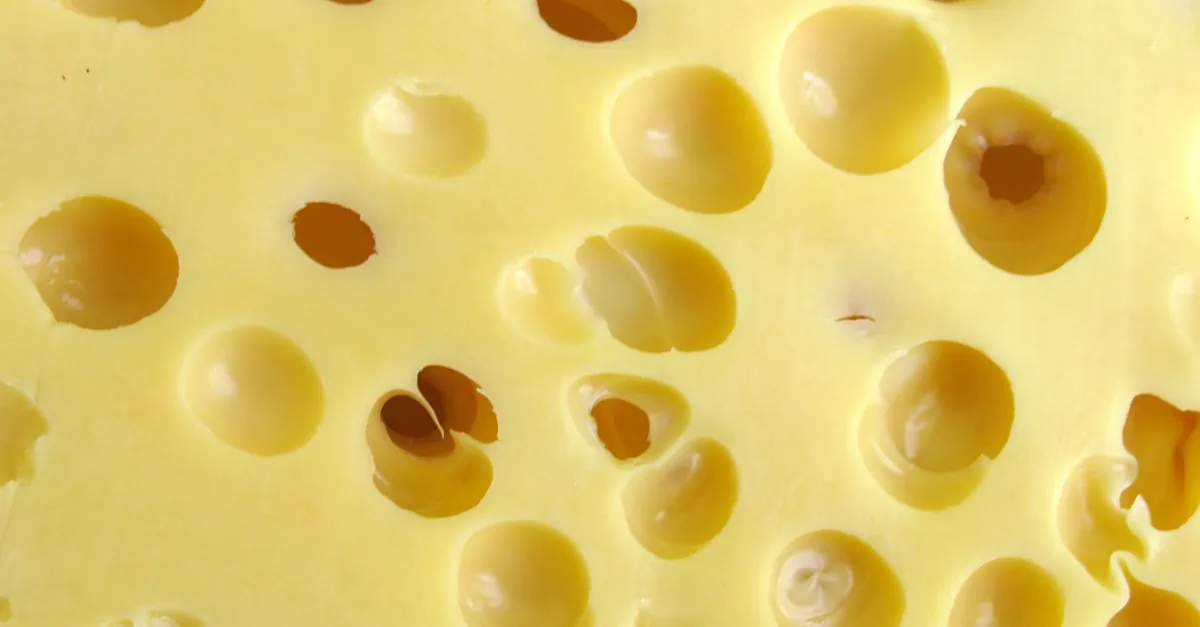The European cheese market is experiencing significant price volatility in late August 2025, with unusually wide spreads between buyer bids and seller offers across multiple cheese categories. This market dynamic is creating both challenges and opportunities for FMCG procurement teams.
Price ranges signal market uncertainty
European cheese prices are showing considerable variation, with gaps of up to €500 per metric ton between the lowest and highest reported prices. Current trading ranges include:
- Cheddar curd: €4,280 – €4,750/mt
- Emmental: €4,650 – €5,150/mt
- Gouda: €3,850 – €4,200/mt
- Mozzarella: €3,850 – €4,200/mt
These wide spreads indicate that buyers and sellers have very different views on where the market should be trading. Buyers without immediate needs are placing bids well below current price levels, hoping to find producers who need to move inventory. Meanwhile, most cheese manufacturers are maintaining prices similar to previous weeks.
Post-holiday demand remains unclear
The weaker market sentiment is being driven by improving milk supply conditions while demand remains sluggish across most dairy categories. Many market participants are still returning from summer holidays, making it difficult to assess the true underlying demand for cheese products.
Trade activity is gradually picking up as the end of the summer break approaches, but most transactions are focused on September deliveries only. Many buyers are choosing to delay their Q4 purchasing decisions, preferring to wait and see where prices settle in this uncertain environment.
Individual cheese markets under pressure
Cheddar curd prices decreased this week, with the Vesper Price Index falling to €4,400/mt. European prices are facing pressure as buyers and traders actively bid at lower levels. While supply remains relatively good, manufacturers note they still maintain control over inventory age and availability.
Gouda markets are experiencing particular weakness, with prices dropping to €4,000/mt. The average age of delivered gouda has increased over the summer break, though manufacturers maintain this is within acceptable boundaries. Based on current farm-gate milk prices above €0.55/kg and gouda prices of €4,030/mt, gouda production is not profitable, which could redirect more milk away from cheese production in the second half of the year.
Mozzarella prices have also declined, falling to €3,950/mt in Europe. The recent GDT auction results showed prices at €3,827/mt for October and €3,787/mt for November, significantly lower than previous weeks and adding to bearish sentiment.
Emmental prices remained stable at €4,800/mt, but the market continues to feel weaker as producers actively try to sell volumes to buyers who show limited interest in additional purchases.
Global market implications
The European weakness is occurring while cheese markets in other regions face their own pressures. US cheese prices remain around $1.80/lb, with strong domestic demand balanced against the need for exports due to additional production capacity. New Zealand cheddar prices through GDT are trading around $4,500/mt for September-November deliveries.
The combination of good supply conditions and uncertain demand could see this weakness spread beyond Europe if current market sentiment persists.
Outlook for procurement teams
The current market environment presents both risks and opportunities for cheese buyers. The wide price spreads suggest that skilled procurement teams who can time their purchases effectively may be able to secure favorable pricing.
However, the market’s direction will largely depend on demand strength once all industry participants return from holidays in the coming weeks. The fundamental question is whether trading should occur at the bottom or top of current price ranges.
Given the improving milk supply conditions and the potential for weaker demand to persist, the near-term outlook suggests continued pressure on European cheese prices across multiple categories.
This article is part of a full cheese market analysis, view the full analysis here: https://app.vespertool.com/market-analysis/2206
